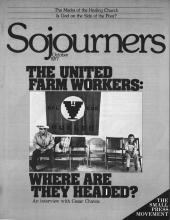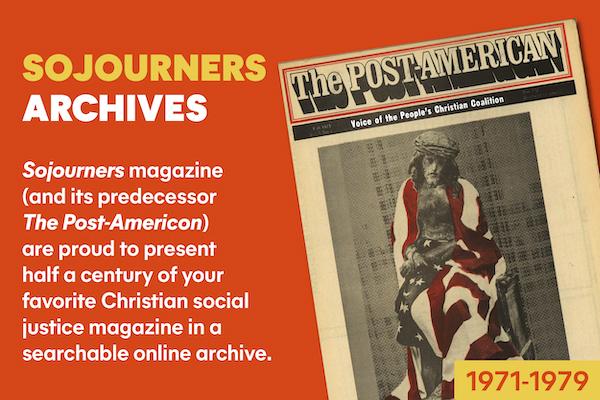There are a multitude of churches, yet so few healed individuals. Despite the church's rich healing potential, the realities often fall devastatingly short of this potential. In fact, the church has often promoted sickness and sick religion rather than health and healing. This is particularly true when religion is used to express personality rigidities through religious devotion.
For me, the question has become whether the ideal healing potential of the church can be made reality--whether the church can redefine its purpose and rediscover its humanity. A perpetual problem within the church is the ongoing existence among its membership of whited sepulchers which Christ rebuked. It is ironic to find fellow sinners within the church's life laboring arduously to project the shadow which clouds their own lives onto the other--whomever the other is in terms of race, class, sex, or economics.
It is ironic because the church, if it is true to a biblical understanding of itself, knows that it is the sinner and the outcast--ultimately unworthy of the grace extended to it through God in Christ. Throughout salvation history the people of God have gone the way of the harlot for whom Hosea mourned and lamented. When we lose perspective on our true identity as the people of God, we cut off the possibility of becoming the healing body we were instituted to be. When we in the church have learned to accept who we are--the broken people Christ came to restore--we can extend the compassion of Christ in an authentic way.
Read the Full Article

